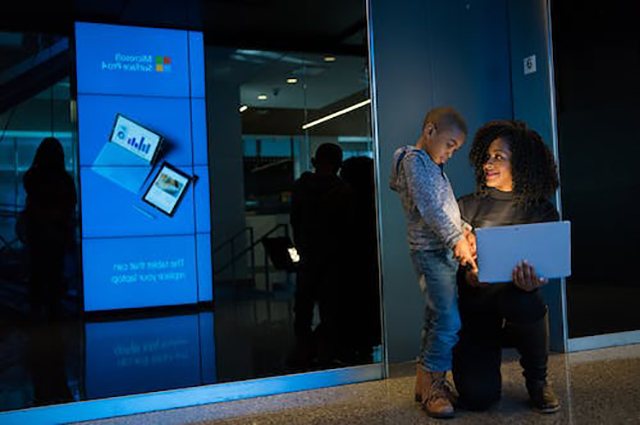engaged(How to Keep Employees Engaged in the Workplace)
Employee engagement is critical to the success of any organization. Engaged employees are more committed, more productive, and more likely to stay with the company long-term. However, with so many distractions and competing priorities in the modern workplace, it can be a challenge to keep employees engaged. In this article, we will explore some tips and strategies for promoting employee engagement.
1. Provide a Clear Purpose and Meaning

Employees want to know that their work is meaningful and that they are contributing to a larger purpose. Leaders can promote engagement by clearly articulating the organization's mission and goals, and highlighting the ways in which each employee's work contributes to these larger objectives. When employees feel that their work is important and that they are making a difference, they are more likely to be engaged and motivated.
2. Foster a Positive Work Environment

The culture of the workplace can have a significant impact on employee engagement. Leaders should strive to create a positive work environment that is inclusive, supportive, and respectful. This can include offering frequent feedback and recognition, encouraging collaboration and teamwork, and providing opportunities for professional development and growth. When employees feel valued and supported, they are more likely to be engaged and committed to the organization.
3. Encourage Communication and Feedback

Effective communication is crucial to promoting engagement. Leaders should encourage open and honest communication between employees and managers, and provide opportunities for feedback and dialogue. This can include regular check-ins, performance reviews, and employee surveys. When employees feel that their voices are heard and their opinions are valued, they are more likely to be engaged and invested in the organization.
4. Offer Flexibility and Work-Life Balance

The demands of the modern workplace can be overwhelming, and employees may struggle to balance work and personal responsibilities. Leaders can promote engagement by offering flexible work arrangements and promoting work-life balance. This can include telecommuting options, flexible schedules, and generous vacation and leave policies. When employees are able to achieve a healthy balance between work and personal life, they are more likely to be engaged, motivated, and productive.
5. Invest in Employee Development

Finally, leaders should invest in the development and growth of their employees. This can include offering training and development programs, mentoring and coaching, and opportunities for advancement within the organization. When employees feel that they are being invested in and supported, they are more likely to be engaged and committed to the organization for the long-term.
In summary, there are many strategies that leaders can use to promote employee engagement. By providing clear purpose and meaning, fostering a positive work environment, encouraging communication and feedback, offering flexibility and work-life balance, and investing in employee development, leaders can help to create a workplace culture that is engaging, supportive, and successful.
热门文章
精选资讯
-
横置发动机跑车有哪些(捷豹xjr-15,)
-
woodsoon(Wooden Furniture is the Next Big Thing in Home Decor and Design)
-
厦门市邮编(风景图集:厦门)
厦门,隶属于福建省,别称鹭岛, 简称厦、鹭, 副省级城市、经济特区,东南沿海重要的中心城市、港口及风景旅游城市。 厦门位于福
-
大同火车站(暑运初期大同火车站恢复运行)
-
东莞旗峰公园(东莞这些地方的“三角梅”火了!)






